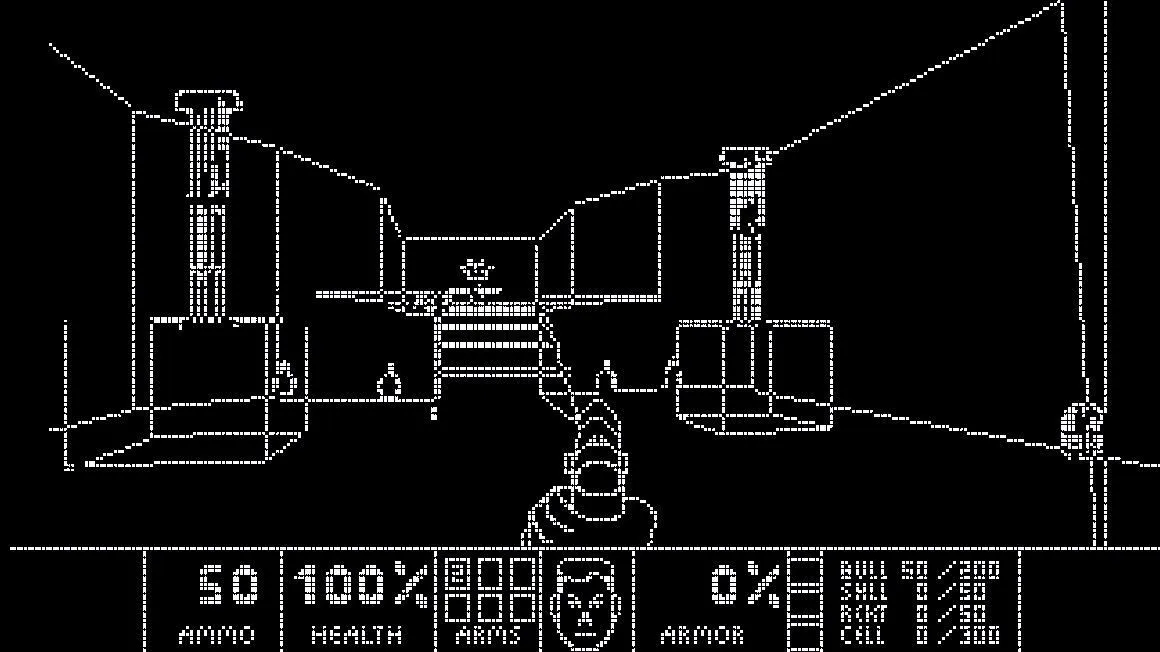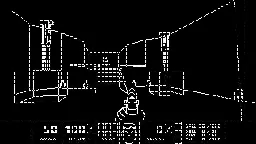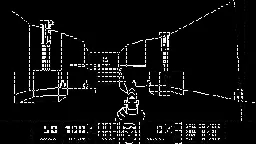DOOM can now run on a quantum computer with Quandoom port — seminal FPS blood and gore mixed with spooky action
DOOM can now run on a quantum computer with Quandoom port — seminal FPS blood and gore mixed with spooky action

www.tomshardware.com
DOOM can now run on a quantum computer with Quandoom port — seminal FPS blood and gore mixed with spooky action



